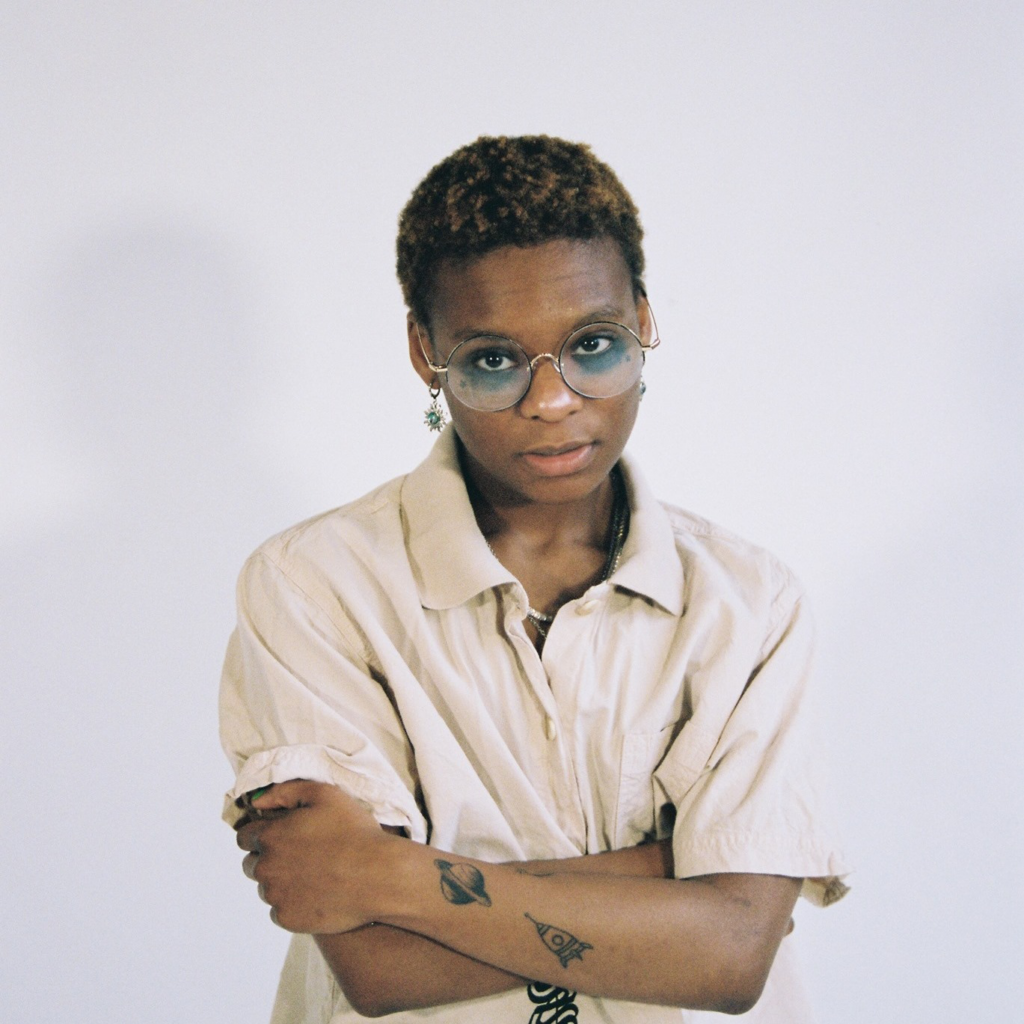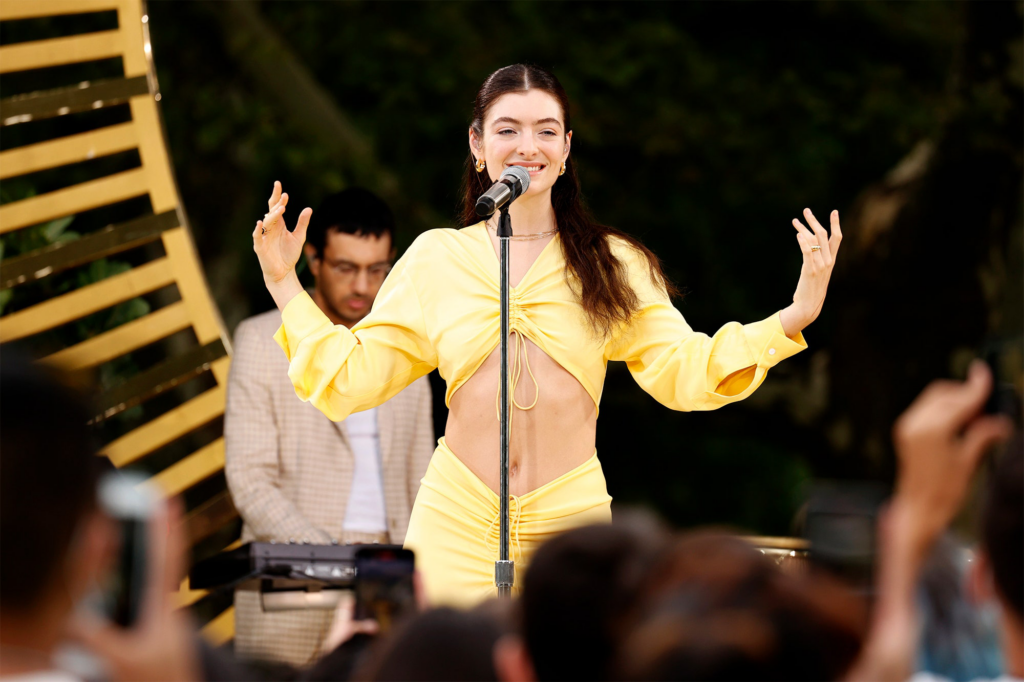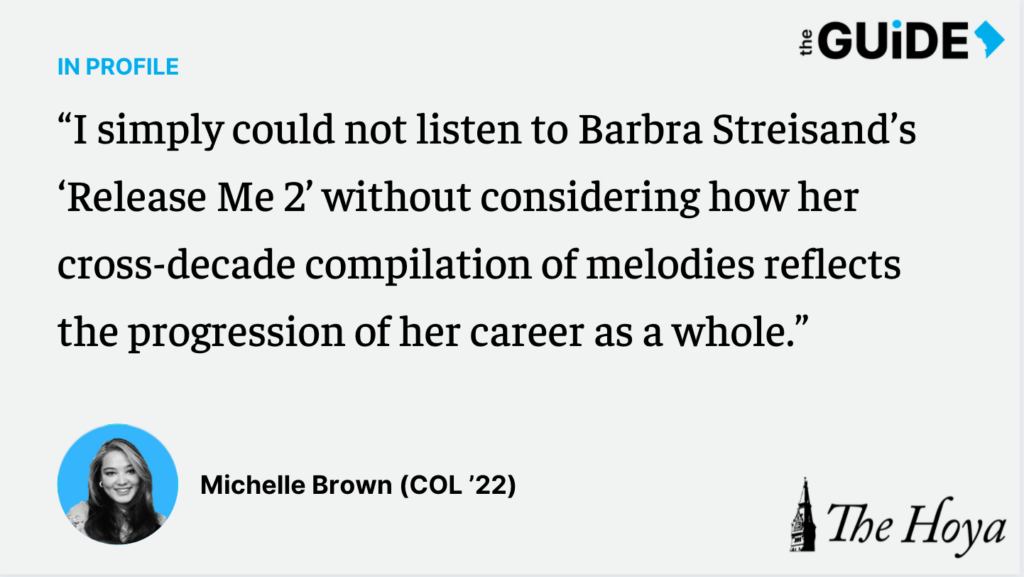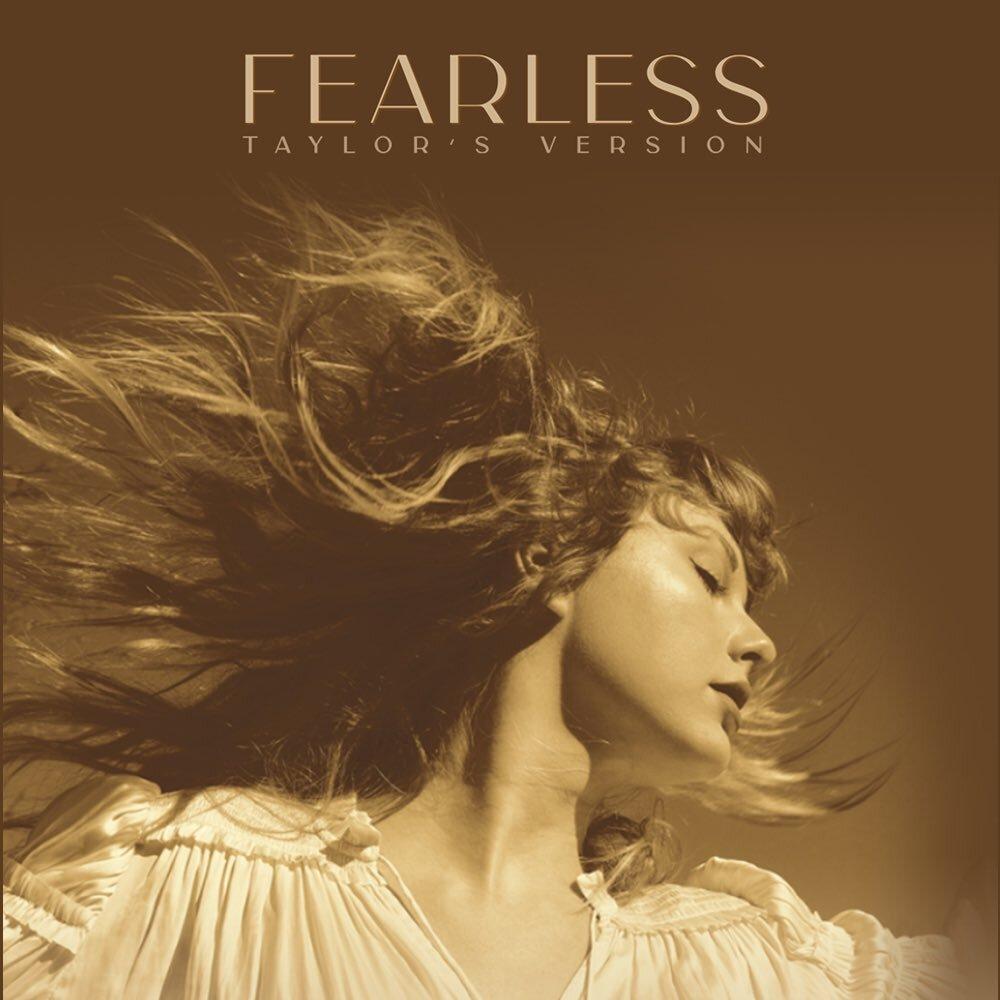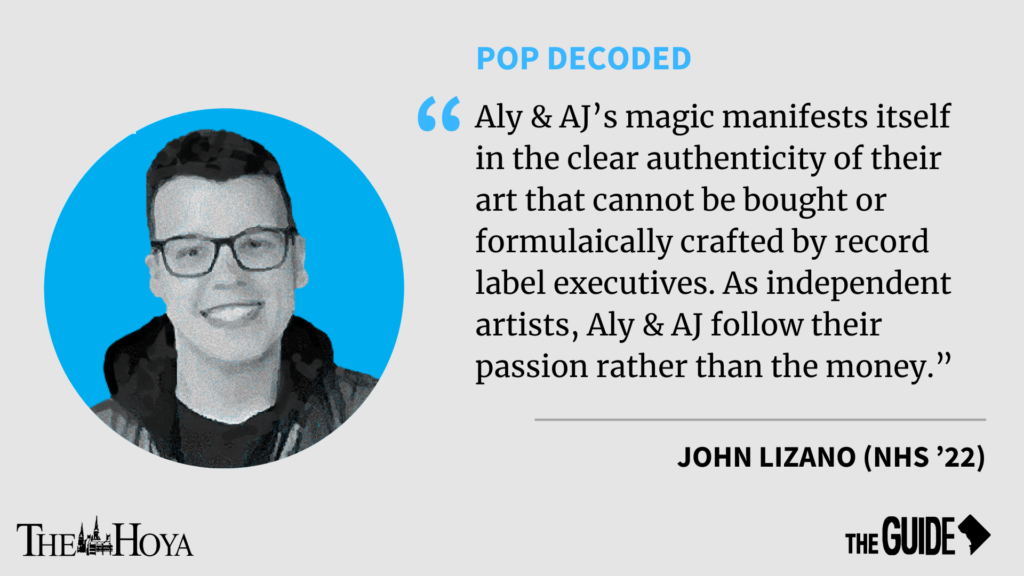On Oct. 5, 2017, The New York Times published a story describing decades of sexual harassment perpetrated by Hollywood mogul Harvey Weinstein. The scandal is considered the spark that led to the viral spread of the #MeToo movement.
Originally coined by civil rights activist Tarana Burke in 2006, the movement’s primary goal is to highlight and condemn the pervasiveness of workplace sexual assault. According to Facebook, around 45 percent of users in the United States had at least one friend who made a post on the platform using the term.
In the wake of the Weinstein accusations and the popularization of the #MeToo movement, the appropriately named “Weinstein Effect” unspooled and brought upon a cascade of allegations against many men in positions of power, from Brett Kavanaugh on the U.S Supreme Court to smaller artists such as punk duo PWR BTTM.
Other artists accused include indie singer-songwriter BØRNS, who was dropped by a Washington, D.C. festival, and pop singer Chris Brown, who pleaded guilty to felony assault. The musicians have been received by the public post-accusation in wildly different ways, demonstrating the inconsistent responses of music distributors and audiences.
As allegations against other artists on the screen or on the radio continue to surface, the age-old debate of “art vs. artist” has been pushed to the center of society. Can the work of artists be appreciated separately from the artists themselves?
Industry Reactions
Local music festival All Things Go made headlines recently when festival organizers removed indie singer-songwriter BØRNS from the lineup Oct. 1, one week before he was set to perform. The removal happened amid a string of sexual misconduct allegations.
BØRNS was accused of grooming a 16-year-old girl and becoming aggressive when she denied his advances. According to her, the two met at one of his concerts, and BØRNS was fully aware of her age when he invited her up to his hotel room. The relationship continued until the girl turned 18, with BØRNS allegedly requesting intimate videos and becoming “aggressive and controlling.” The survivor, whose Twitter handle is @alyssaadaniele, wrote that “the things he did were things I did not want, and it hurt.” BØRNS responded and denied the claims with an Instagram post, which was met with disappointment from his accuser.
“You couldn’t even say sorry,” @alyssaadaniele tweeted.
Following the allegations, the festival organisers released a statement on the matter: “BØRNS will no longer be performing at the 2018 All Things Go Fall Classic. We hope, in all years and especially this one, that the Fall Classic continues to be part of making the music world a better, more equal place,” a Facebook post from All Things Go reads.
Indie pop band MisterWives replaced BØRNS at the weekend festival, which featured a Saturday lineup of all women.
Issues like these are not new in the visual art world, just as they are not in the music and film industries. Albert Pierce, an adjunct ethics professor at Georgetown, believes that the issue is more analytical than people usually assume.
“When looking at an issue like this and trying to evaluate an artist, there are several questions you need to ask,” Pierce said. “How serious is their offense? When did it occur? Is this isolated for that artist, or is it a pattern?”
These questions can be used to analyze the BØRNS situation. His offense was serious, because he made sexual advances on a minor. These actions occurred over a two-year period, meaning his conduct was recent. The prolonged nature of his interactions with the minor demonstrates consistency on his part and clearly underscores a pattern of predatory behavior.
Pierce’s framework provides a logic that can lead to decision-making and action, such as the decision by the festival owners to cut BØRNS as a headlining act.
The choices made by festival organizers and music distribution services significantly affect listeners’ access to music. Beyond moral considerations, campus musician Jacob Zonis (COL ’22) contends that festivals also take financial concerns into account.
“Festivals are institutions that seek profit and therefore avoid bad press when possible. Dropping artists for their actions is always a business decision,” Zonis said.
Festivals tend to experience positive financial results when making socially responsible decisions. In a survey conducted by SocialEvents.com, 83 percent of festivals reported that their ethical activities “have a positive effect on their bottom line as their reputation was enhanced and they were differentiated from competitors.”
Choosing to cut controversial performers is good for business, because many consumers care about backing ethical artists. In this way, the onus falls on listeners to make their own decisions about supporting artists accused of misconduct.
The People vs. Perpetrators
Ultimately, at the heart of a festival’s decisions is its audience. Attendees do not incorporate the financial considerations in their decision to watch an artist perform. For Rob Jansen, an assistant professor in the department of performing arts, a decision to listen to an artist’s music depends more on the listener’s experience of it.
An artist’s persona, not just the music itself, can impact audiences’ experiences, Jansen said.
“At the root of everything is how the receiver of the art reacts to it. It can affect people in many different ways, and the source of the art can have an impact, too,” Jansen said.
In other words, the consumer is at the epicenter of the artist’s chance of popularity retainment. As long as the artist in question does not alienate their fanbase, they may carry on as usual with no further repercussions. The way that an artist’s actions affect listeners’ experience rather than the actions themselves is the relevant factor, Jansen said.
“If the artist has done something that hinders people’s enjoyment of their art, that’s what’s more likely to stop people from consuming it,” Jansen said. “It’s not the action itself, but it’s the way it changes people’s enjoyment of the art.”
Listeners are not always united on the appropriate response to unethical artists. Although BØRNS lost his festival spot, artists like Chris Brown have not always faced consequences for their actions.
In February 2009, in what was possibly one of the highest-profile domestic violence cases in Hollywood, Brown and Rihanna were spotted in a public altercation before she was rushed to the hospital with major contusions on her face, a bloody nose and a split lip.
Brown pleaded guilty to felony assault in June and was sentenced to five years of probation, six months of community service and one year of domestic violence counseling. He has since been accused of assault by other women and has been arrested multiple times.
Yet those incidents seem to have helped the growth of Brown’s “bad boy” image; his fanbase, nicknamed “Team Breezy,” is comprised of mostly women, and after the singer’s performance in the 2012 Grammys, many of them wrote tweets along the lines of “he can beat me.”
The support for Chris Brown seems to be unconditional: He still boasts 17 million followers on Twitter and, despite his repeated legal problems, is still booked for shows and festivals. After his most recent arrest in June 2018, Brown took to Instagram to poke fun at the incident, saying, “What’s NEW????? Show tomorrow!!!!”
The post in question has 594,903 likes as of Oct. 24. On the same platform, he regularly posts pictures of sold-out concerts, with thousands of people commenting their support for each one.
Even with all the controversy surrounding Chris Brown, his fans remain as dedicated as ever, selling out his shows and going as far as sending death threats to anyone who dares voice a negative opinion on the singer — including model Chrissy Teigen in 2012.
While listeners are able to decide for themselves where to draw the line for an artist’s ethics, it is much more difficult to build a consensus based on all these decisions. Consequently, there are many artists with problematic pasts who are still provided a platform.
Platforms like Spotify have attempted to address this issue by removing artists’ music, announcing a new censorship policy. Among those affected by the new policy was XXXTentacion, a rapper who was awaiting trial for battery of a pregnant woman and witness-tampering, among other charges. However, after the rapper’s death, Spotify put his music back on the service and created a playlist as a tribute to his work.
The debate concerning whether Spotify’s actions were an appropriate response underlines the lack of agreement among the music community in dealing with these issues. Without a unified way to respond to artists confronting allegations, the consequences faced by different artists will remain inconsistent.









